Future pets!
A new study finds surprising evidence of the self-evolution of urban foxes.

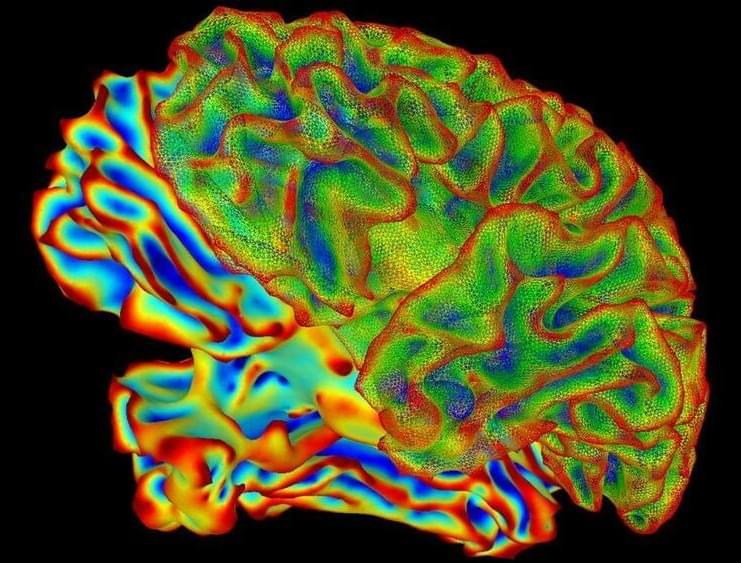
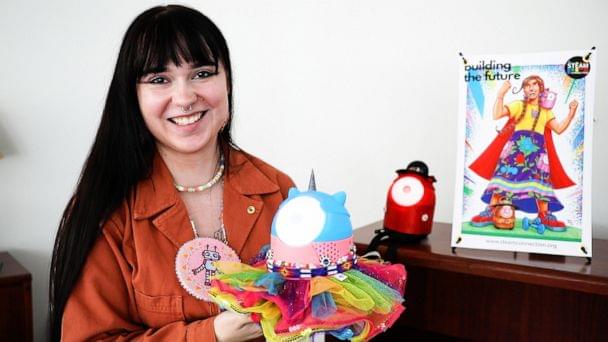
Danielle Boyer knew she was interested in robotics from a young age. But with limited learning resources — a problem many Native American students face — Boyer, who is Ojibwe, said she had to take things into her own hands.
She taught herself through watching YouTube videos, flipping through old electrical engineering books, examining maker kits on Amazon, and then “reverse engineering” everything.
Now, as the founder of the nonprofit The STEAM Connection, Boyer, 22, is on a mission to promote technical and cultural educational opportunities among Native American youth like herself — sometimes combining both in the form of robots that teach Indigenous languages, as they face risks of dying out.
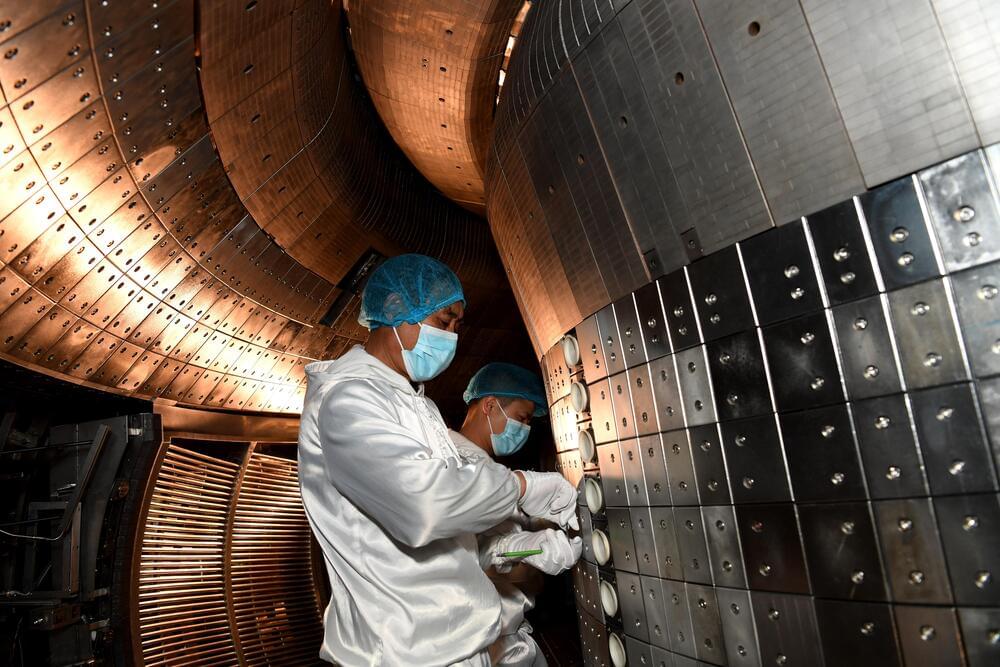
Fusion power may be a more realistic prospect than you think. As Motherboard reports, researchers at the Energy Department’s Lawrence Livermore National Laboratory have discovered that a new magnetic field setup more than tripled the energy output of the fusion reaction hotspot in experiments, “approaching” the level required for self-sustaining ignition in plasmas. The field was particularly effective at trapping heat within the hotspot, boosting the energy yield.
The hotspot’s creation involved blasting 200 lasers at a fusion fuel pellet made from hydrogen isotopes like deuterium and tritium. The resulting X-rays made the pellet implode and thus produce the extremely high pressures and heat needed for fusion. The team achieved their feat by wrapping a coil around a pellet made using special metals.
The notion of using magnets to heat the fuel isn’t new. University of Rochester scientists found they could use magnetism to their advantage in 2012. The Lawrence Livermore study was far more effective, however, producing 40 percent heat and more than three times the energy.
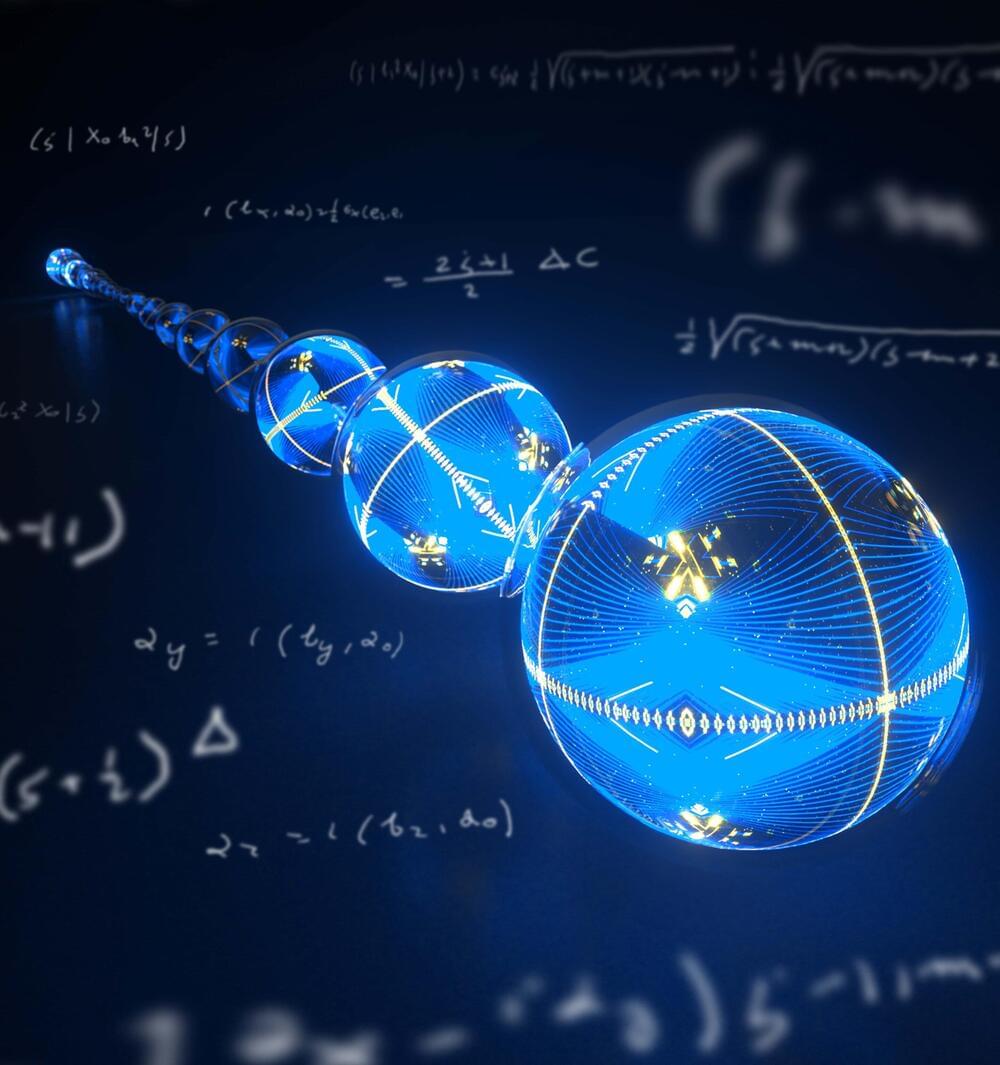
Physicists at Google Quantum AI have used their quantum computer to study a type of effective particle that is more resilient to environmental disturbances that can degrade quantum calculations. These effective particles, known as Majorana edge modes, form as a result of a collective excitation of multiple individual particles, like ocean waves form from the collective motions of water molecules. Majorana edge modes are of particular interest in quantum computing applications because they exhibit special symmetries that can protect the otherwise fragile quantum states from noise in the environment.
The condensed matter physicist Philip Anderson once wrote, “It is only slightly overstating the case to say that physics is the study of symmetry.” Indeed, studying physical phenomena and their relationship to underlying symmetries has been the main thrust of physics for centuries. Symmetries are simply statements about what transformations a system can undergo—such as a translation, rotation, or inversion through a mirror—and remain unchanged. They can simplify problems and elucidate underlying physical laws. And, as shown in the new research, symmetries can even prevent the seemingly inexorable quantum process of decoherence.
When running a calculation on a quantum computer, we typically want the quantum bits, or “qubits,” in the computer to be in a single, pure quantum state. But decoherence occurs when external electric fields or other environmental noise disturb these states by jumbling them up with other states to create undesirable states. If a state has a certain symmetry, then it could be possible to isolate it, effectively creating an island of stability that is impossible to mix with the other states that don’t also have the special symmetry. In this way, since the noise can no longer connect the symmetric state to the others, it could preserve the coherence of the state.
Your weekly news from the AI & Machine Learning world.
OUTLINE:
0:00 — Introduction.
0:25 — AI reads brain signals to predict what you’re thinking.
3:00 — Closed-form solution for neuron interactions.
4:15 — GPT-4 rumors.
6:50 — Cerebras supercomputer.
7:45 — Meta releases metagenomics atlas.
9:15 — AI advances in theorem proving.
10:40 — Better diffusion models with expert denoisers.
12:00 — BLOOMZ & mT0
13:05 — ICLR reviewers going mad.
21:40 — Scaling Transformer inference.
22:10 — Infinite nature flythrough generation.
23:55 — Blazing fast denoising.
24:45 — Large-scale AI training with MultiRay.
25:30 — arXiv to include Hugging Face spaces.
26:10 — Multilingual Diffusion.
26:30 — Music source separation.
26:50 — Multilingual CLIP
27:20 — Drug response prediction.
27:50 — Helpful Things.
ERRATA:
HF did not acquire spaces, they launched spaces themselves and supported Gradio from the start. They later acquired Gradio.
References:
AI reads brain signals to predict what you’re thinking.
https://mind-vis.github.io/?s=09&utm_source=pocket_saves.
Closed-form solution for neuron interactions.
Because, we can now simulate brain dynamics composed of billions of neurons and trillions of synapses with biologically realistic mechanisms! Something we could not do since today!
Moreover, inspired by this solution… 2/n pic.twitter.com/hCxqYWvxxV
— Ramin Hasani (@ramin_m_h) November 15, 2022
https://github.com/raminmh/CfC/blob/main/torch_cfc.py.
GPT-4 rumors.
https://thealgorithmicbridge.substack.com/p/gpt-4-rumors-fro…ket_reader.
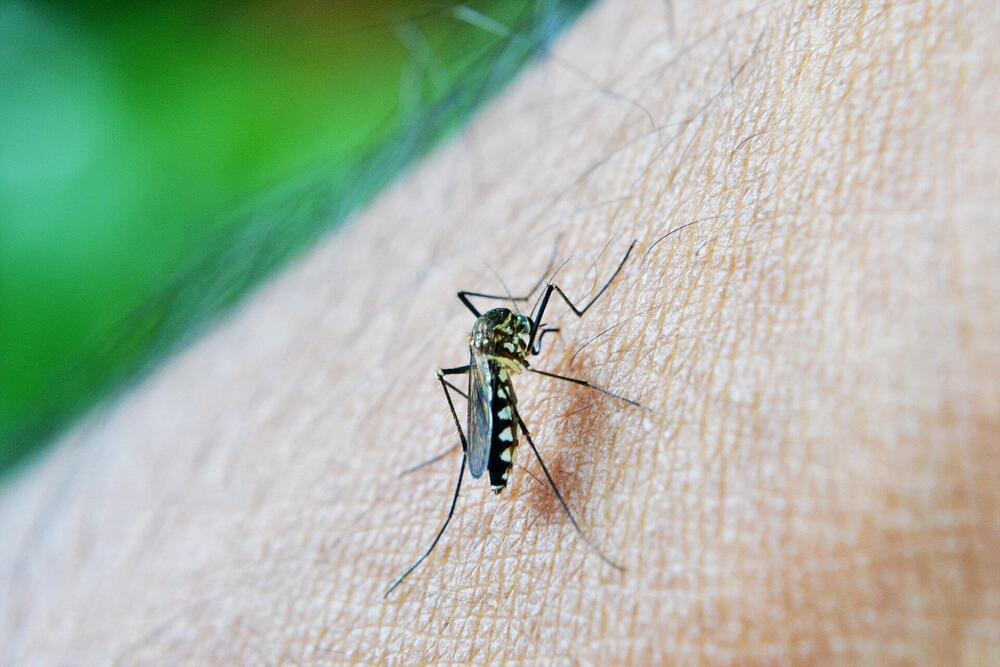
Malaria is found in more than 90 countries around the world, causing 241 million cases and an estimated 627,000 deaths every year. Vaccines are one intervention that could help eliminate this deadly disease, yet a highly effective vaccine remains elusive. Recent technological advances in vaccine development–such as the mRNA vaccines for SARS-CoV2–could lead to a new generation of malaria vaccines.
Now, a research team led by George Washington University has developed two mRNA vaccine candidates that are highly effective in reducing both malaria infection and transmission. The team also found that the two experimental vaccines induced a powerful immune response regardless of whether they were given individually or in combination. The study was published today in npj Vaccines, an open-access scientific journal that is part of the Nature Portfolio.
“Malaria elimination will not happen overnight but such vaccines could potentially banish malaria from many parts of the world,” Nirbhay Kumar, a professor of global health at the George Washington University Milken Institute School of Public Health, said. “The mRNA vaccine technology can really be a game changer. We saw how successful this technology was in terms of fighting COVID and for this study we adapted it and used it to develop tools to combat malaria.”
The protests in China have had no impact on Beijing’s ambitions of world domination. On Tuesday, Chinese jets violated South Korea’s Air defence zone. A Pentagon report further claims China will have 1,500 nuclear warheads by 2035. Priyanka Sharma reports.
#Gravitas #China #Nuclear.
About Channel:
WION The World is One News, examines global issues with in-depth analysis. We provide much more than the news of the day. Our aim to empower people to explore their world. With our Global headquarters in New Delhi, we bring you news on the hour, by the hour. We deliver information that is not biased. We are journalists who are neutral to the core and non-partisan when it comes to the politics of the world. People are tired of biased reportage and we stand for a globalised united world. So for us the World is truly One.
Please keep discussions on this channel clean and respectful and refrain from using racist or sexist slurs as well as personal insults.
Check out our website: http://www.wionews.com.
Dr. Jennifer A. Fogarty, Ph.D. (https://www.bcm.edu/people-search/jennifer-fogarty-100936) is the Chief Scientific Officer for the Translational Research Institute for Space Health (TRISH — https://www.bcm.edu/academic-centers/space-medicine/translat…-institute) at Baylor College of Medicine, and the Director of the Applied Health and Performance at Sophic Synergistics LLC.
As Chief Scientist of TRISH, Dr. Fogarty leads an innovative and high-risk research and technology development portfolio to address the most challenging human health and performance risks of space exploration.
At Sophic Synergistics, which is a women-owned and women-led Human Centered Design firm specializing in integrating human factors engineering and human health and performance into a business model, Dr. Fogarty’s Division focuses on developing and expanding the application of medical technologies for use in remote medicine, telemedicine, and home healthcare.
In both roles, Dr. Fogarty’s goal is to increase access to high quality healthcare and empower patients and medical providers by incorporating precision medicine and cutting-edge science and technology with actionable data both in space and on Earth.
Dr. Fogarty has over twenty years of experience in medical physiology and extreme environments and was the NASA Human Research Program Chief Scientist. Her approach prioritizes communication and collaboration with industry academia, government and commercial spaceflight programs, and international partners. She values and seeks collaborations with external institutions and government agencies to assess fundamental and mechanistic discoveries as well as innovative prevention and treatment strategies for application to preserve health and performance.
Dr. Fogarty has a Ph.D. in Medical Physiology from Texas A&M University School of Medicine and a B.S. in Biology from Stockton University. She is currently an Assistant Professor in the Department of Medicine at Baylor College of Medicine, an editor of the Fundamentals of Aerospace Medicine 4th and 5th edition, and associate editor for the journal npj Microgravity.
